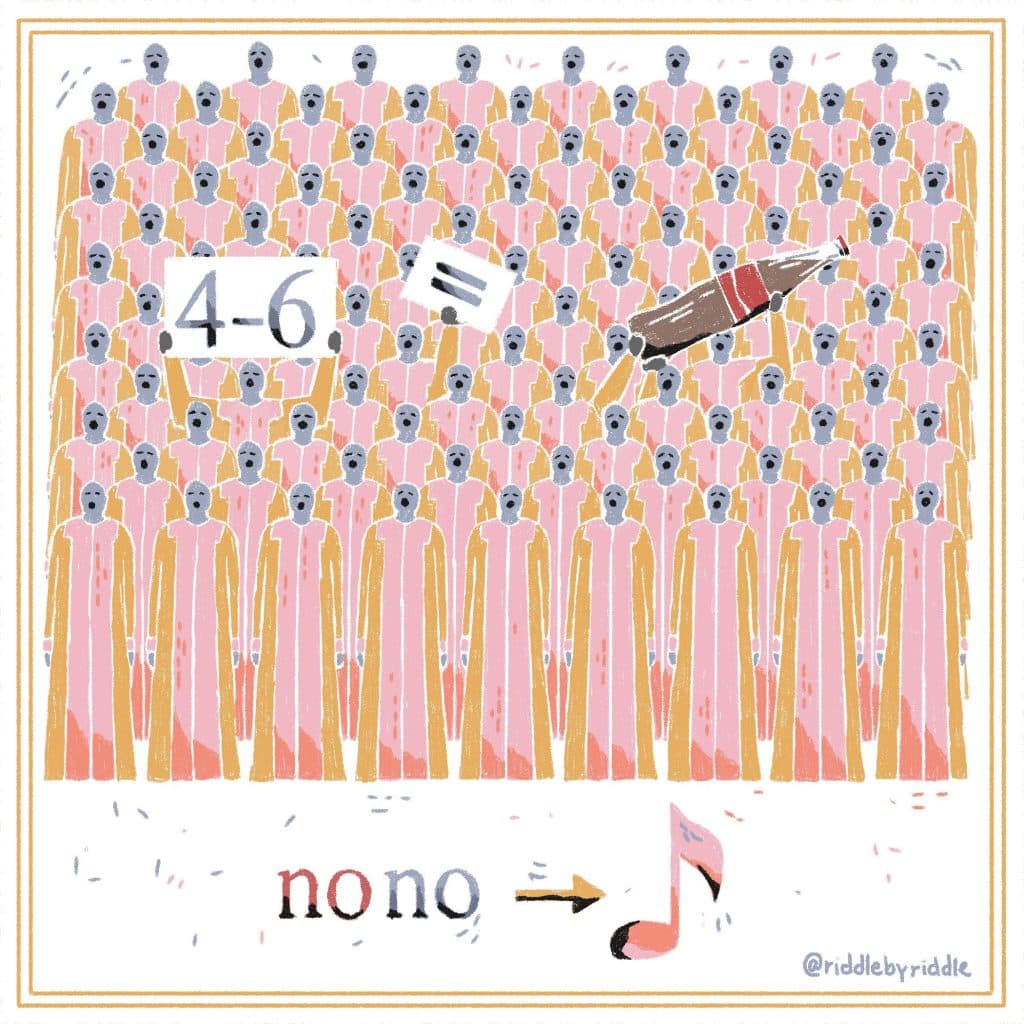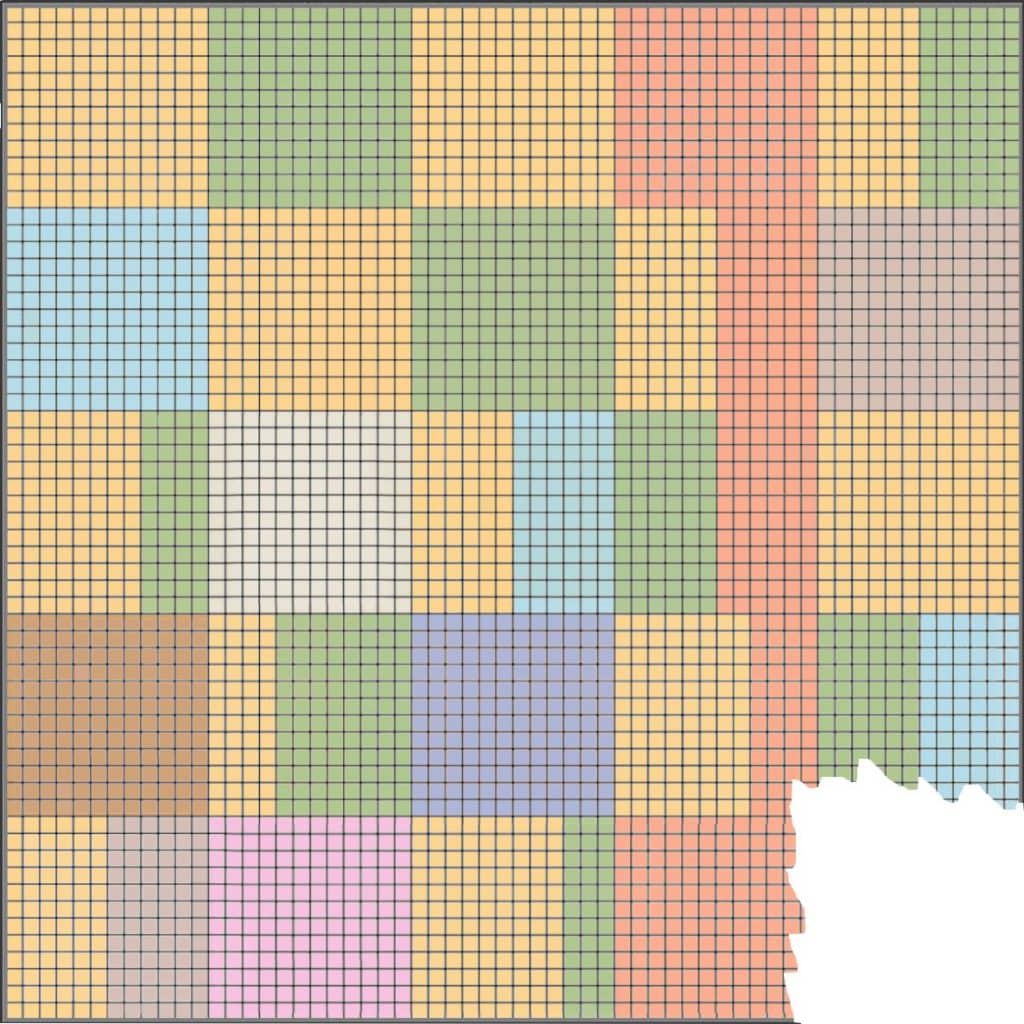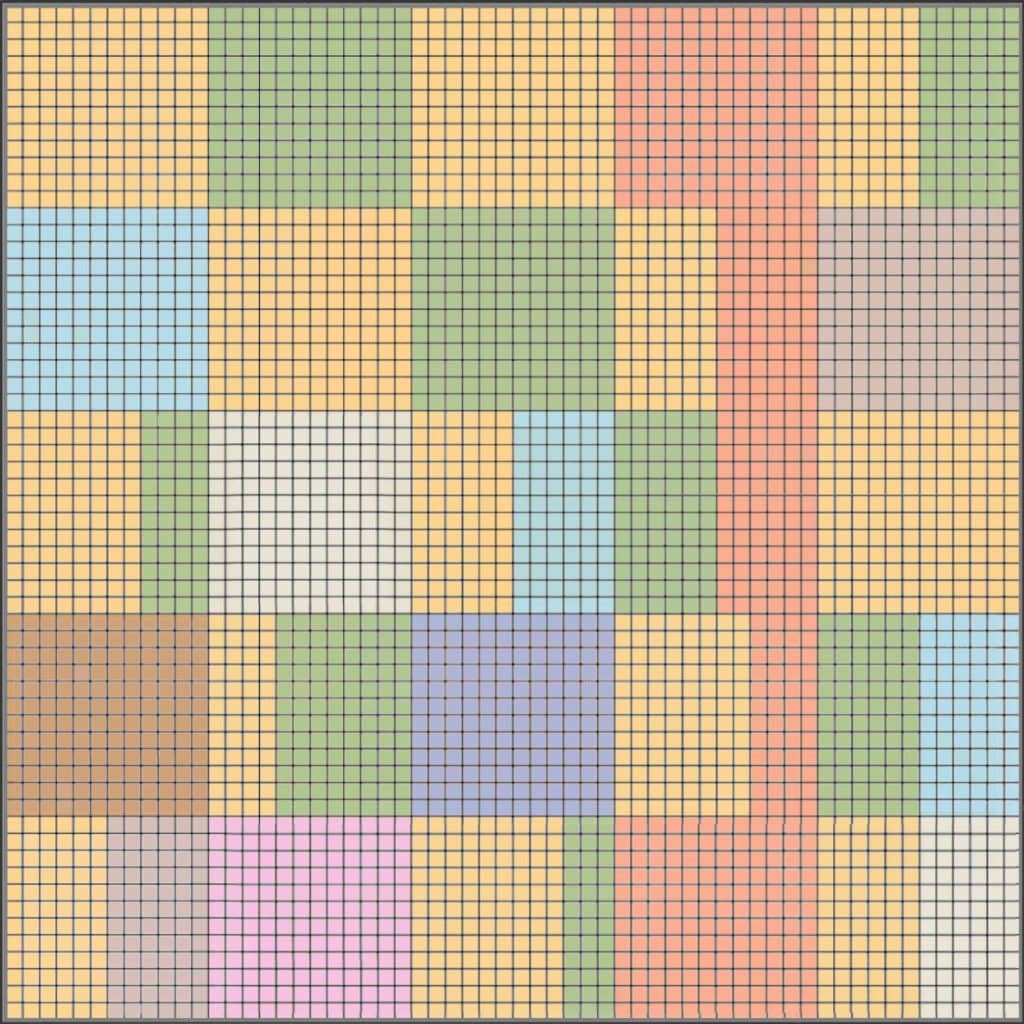Plinks, Plonks, and Plunks
If all plinks are plonks and some plunks are plinks, which of these statements must be true?
- All plinks are plunks.
- Some plonks are plunks.
- Some plinks are not plunks.
Remark: “Some” means more than 0.
The first statement says that the set of plonks contains the set of plinks, and the second statement says that there is at least one plunk-plink. Therefore, that plunk-plink must also be a plonk, and the second statement is true.
The first and the third statements, however, do not need to be true. Indeed, it is possible that there is a plink that is not a plunk, or that all plinks are plunks.









